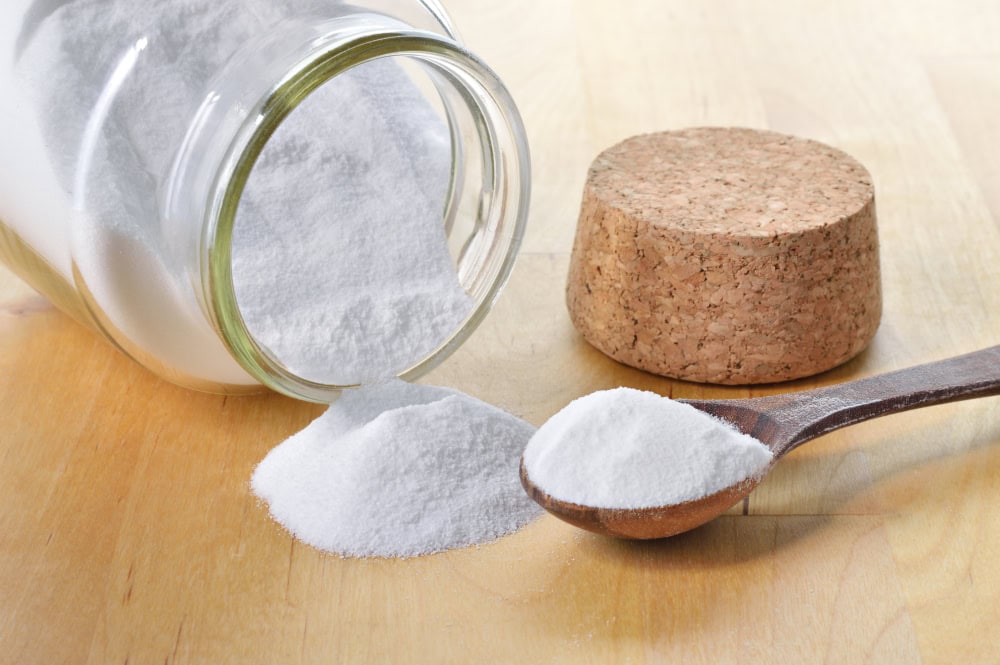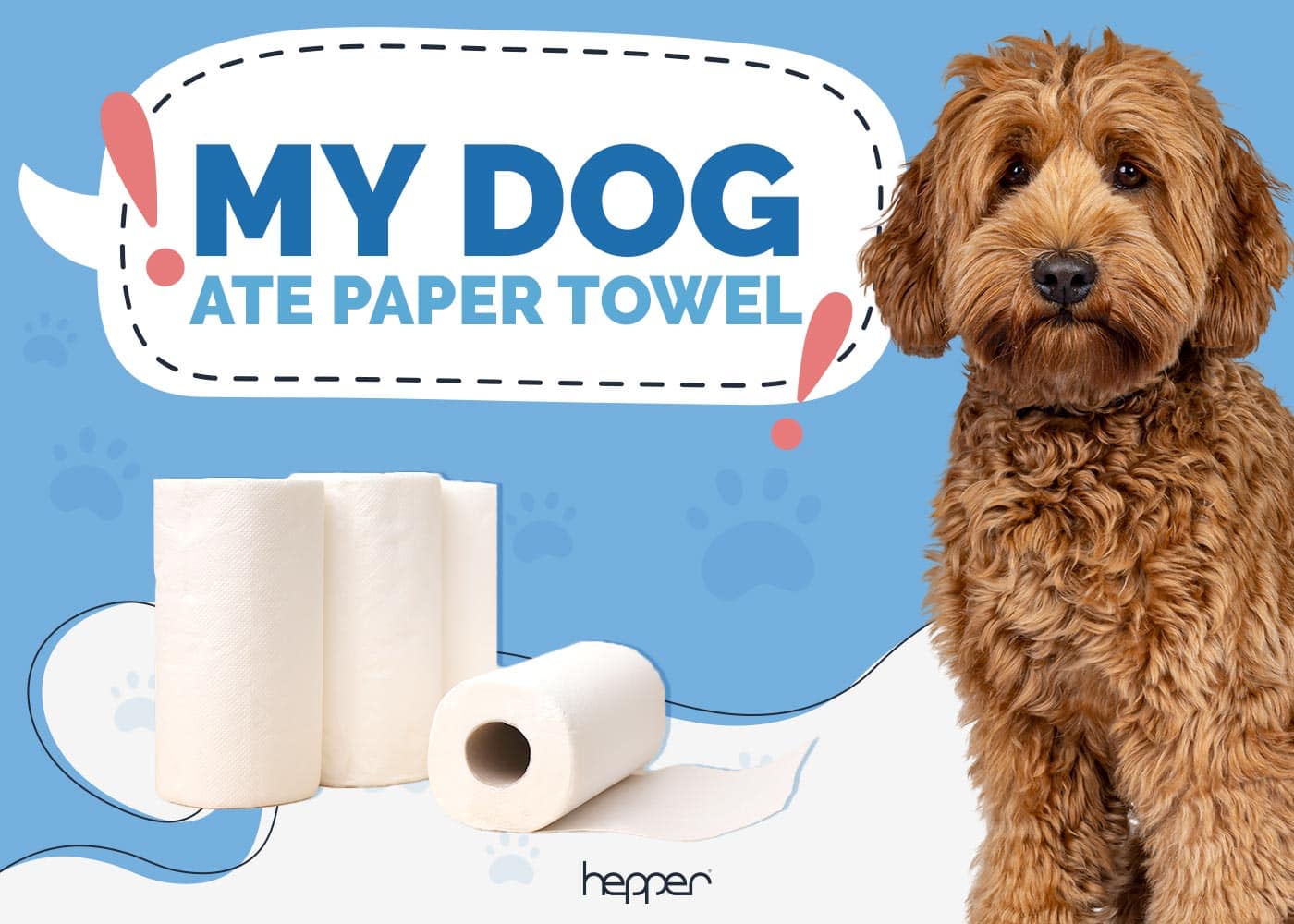How to Get Dog Pee Smell & Stains Out of Wood Furniture: 3 Proven Methods

Updated on

Any dog owner can agree that accidents in the house are no walk in the park. It can be a real headache cleaning up after your dog, especially when they’re still pooping or peeing in the house.
Wood can be really tricky, especially when it isn’t treated. If there is no protective coating, it might retain the gross smells of dog waste, which isn’t something anyone wants in the home. Let’s discuss some tried and true methods for getting rid of accidents on hardwoods.
The 3 Methods to Get Dog Pee Smell Out of Wood Furniture
1. Baking Soda
Baking soda is a natural smell neutralizer. It works to combat odors by lessening the enzymes in pee that cause odor.
There are a few different ways to remove dog pee smells from wood and fabrics—depending on the state of the spot.
For damp areas, you can sprinkle baking soda directly onto the wet spot. Gently rub any powder into the spot with a cloth or sponge brush. The urine will draw out of the wood as the baking soda soaks in the moisture.
Once the baking soda has time to dry, you can simply wipe down the area to remove the smell altogether. For best results, leave the baking soda on the spot for at least six hours.
You can make a baking soda paste for older stains by combining a small amount of water and baking soda in a bowl. Once you reach the desired consistency, work the concoction into the trouble spot.
You can leave it on for up to 24 hours to neutralize the odor completely. Wipe down, or even hand vacuum the spot, if needed.

2. Hydrogen Peroxide
Hydrogen peroxide is another wonderful odor neutralizer and stain remover. Also, hydrogen peroxide kills germs, which is a real upside if you have urine seeping into your wood.
Before you use it, make sure you clean up the urine as well as you can. The surface needs to be as pee-free as possible so the peroxide can take care of the rest.
Hydrogen peroxide is safe to use on both treated and untreated wood. You can saturate the area and allow it to work its magic. You should wait at least 10-15 minutes before removing it from the wooden surface.
Take a cloth or another absorbent cloth to blot up the peroxide. Once the area dries, it should look brand new—no stains, leftover smells, or lingering effects.
3. Enzymatic Cleaner
There are plenty of products on the market to remove and eliminate odors from virtually any porous surface. These formulas have different components—all of which fight smells. However, the results may differ depending on the effectiveness of the product.
If this is a marking issue, you might want to try Nature’s Miracle No More Marking Pet Stain and Odor Remover. It works well on wood surfaces as well as other problem areas in the home.
If this is the product of puppy training or possibly an elderly pet who is losing bodily control, you could look at a product like the Shop Care Super Enzyme Pet Urine & Odor Destroyer. It also eliminates smell on contact.
Make sure to read reviews to get the best product for your wood surfaces. These manufactured options will vary in strength and effectiveness.
Our favorite enzyme cleaner for eliminating pet smells and stains is our very own Hepper Advanced Bio-Enzyme Pet Stain & Odor Eliminator Spray. It makes clean-up a breeze because it permanently removes even the very worst smells and stains (urine, feces, vomit, you name it!) from basically any surface you can imagine.
- ADVANCED ENZYMATIC CLEANER - Penetrates the most stubborn smells and stains at the deepest molecular...
- FOR ANY MESS, ON ANY SURFACE - This pet odor eliminator cleans your carpets, floors, furniture,...
Final Thoughts
Your fine woods don’t have to be forever trapped with the smell of dog pee. There are plenty of options—from the cheap to expensive—to combat the aromas. Whether you are training a puppy, dealing with an elderly pet, or a dog marking their territory, you can make due.
These options will work best depending on the type of wood you are dealing with. Which method of removing urine smells from wood works best for you?
Related Reads:
Featured Image Credit: Wirestock Creators, Shutterstock













